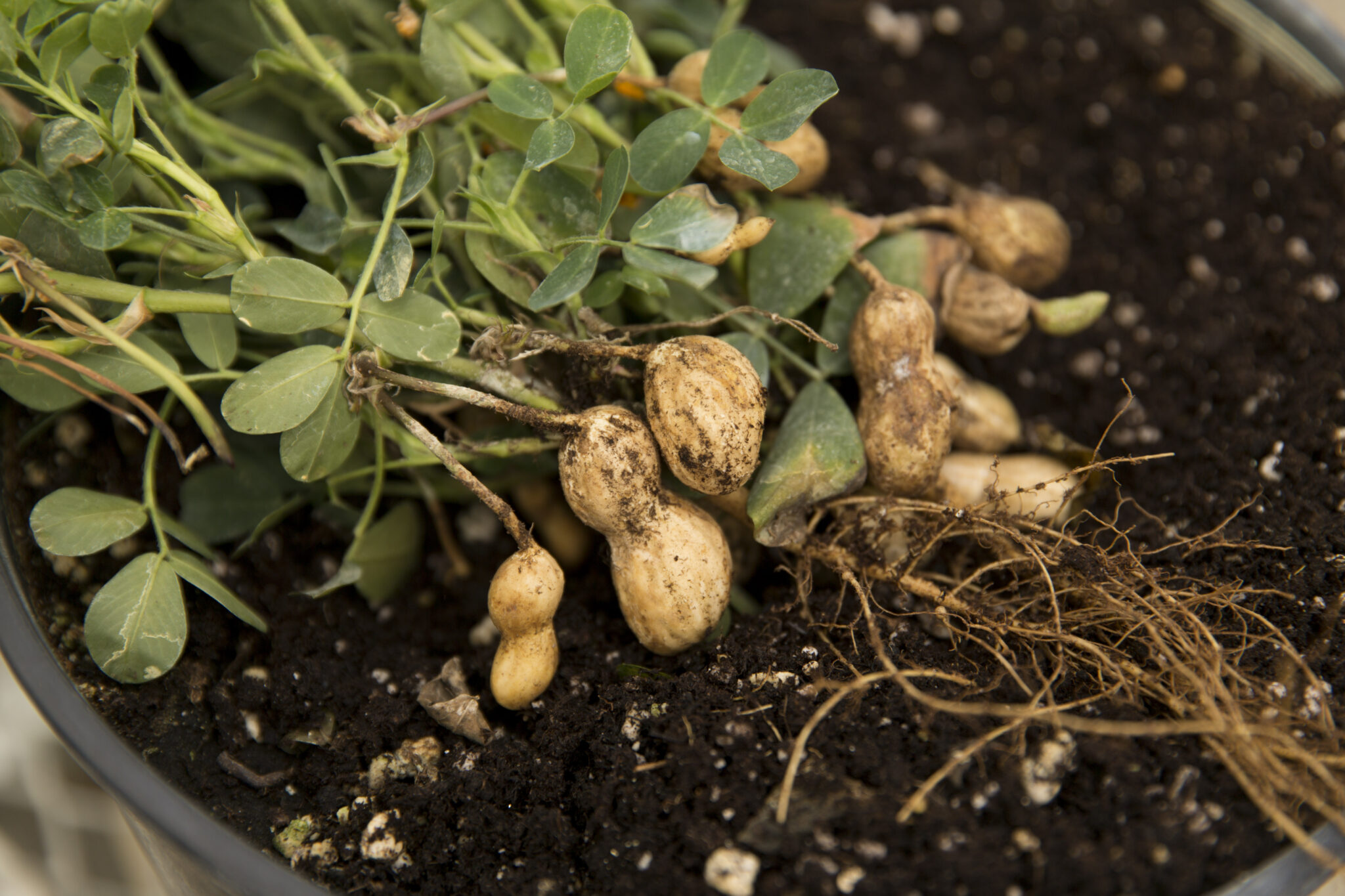Think of them as little vampires. All ticks require blood meals to survive and reproduce. And the United States has about 80 species of ticks that can feed on humans and other mammals, reptiles, birds and even frogs.
|
Adult deer tick (Ixodes scapularis) |
Ticks Transmit Diseases
Ticks can transmit many diseases, including Lyme disease and Rocky Mountain spotted fever. Fortunately, most tick bites don't result in illness.
The diseases most often associated with ticks in Georgia are often typified by the onset of flu-like symptoms, including severe headaches, fever, rash and a general flu-like condition. If you have any of these symptoms following a tick bite or after having been where ticks hang out, see a doctor promptly.
The little bloodsuckers most often live in brushy and grassy areas. Bottomlands usually harbor the highest populations. Pet quarters can harbor lots of ticks, too, if the animals and areas are left untreated.
Don't Let Them Bite
Preventing tick bites and infestations is the best way to avoid the many problems ticks can cause. The best way to reduce the number of ticks around the home is to keep grass and brush cut short. This not only reduces places for ticks to live, but exposes them more to killing sunlight.
But it's hard to avoid all areas where ticks live. So the best way to avoid exposure to the many diseases ticks can transmit is to keep them from attaching to our bodies.
When you're going where ticks are likely to be, wear light-colored clothes with your pant legs tucked into your socks. This will help keep ticks on your clothes longer and give you a better chance to detect them before they bite.
It's critical to inspect your clothes and body closely after trekking in tick country. Fortunately, ticks usually have to be attached for 24 hours or longer to transmit disease.
Repellents Help, Too
Repellents help reduce the chance of getting a tick bite, too. It's important to target the feet, legs and waistline when applying repellents.
When entering areas of high tick populations, use the higher concentrations of repellents. But follow the label instructions closely.
If a tick does bite, it's important to remove the tick properly. There are many techniques in our folklore, but the best way is to carefully remove the tick with blunt forceps.
Gently grasp the tick as close to your skin as you can and pull it straight away in a slow and steady motion. After you remove the tick, disinfect the bite site and thoroughly wash hands.
Do this to remove ticks from pets, too.
Four-stage Life Cycle
Ticks have a four-stage life cycle, including the egg, a six-legged larva, an eight-legged nymph and the adult. The larvae, commonly called seed ticks, are small and often mistaken for freckles or dirt on people.
After a blood meal, the larvae often drop from the host (depending on the species) and molt to the eight-legged nymph, which locates another host and repeats the cycle.
On molting to the adult, the tick finds a final host and commonly mates on the host. The adults then drop off, the male dies and the female, over three weeks, lays 2,000 to 18,000 eggs in the leaf litter before also dying.
This cycle may take as long as three years, depending on the species, availability of hosts and environmental conditions. Due to ticks' ability to greatly engorge, it's common for people to be confused over the different body sizes they see.







